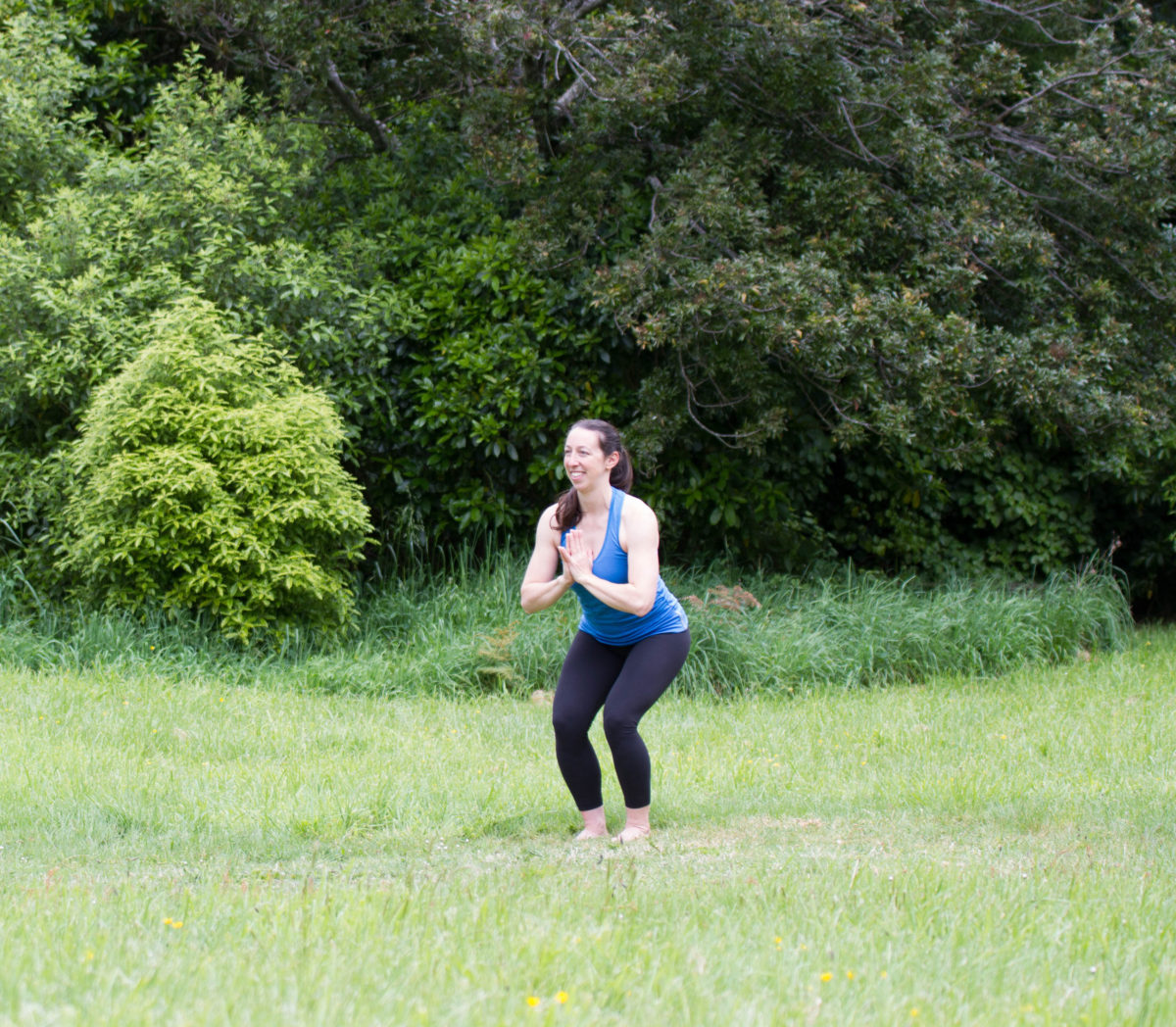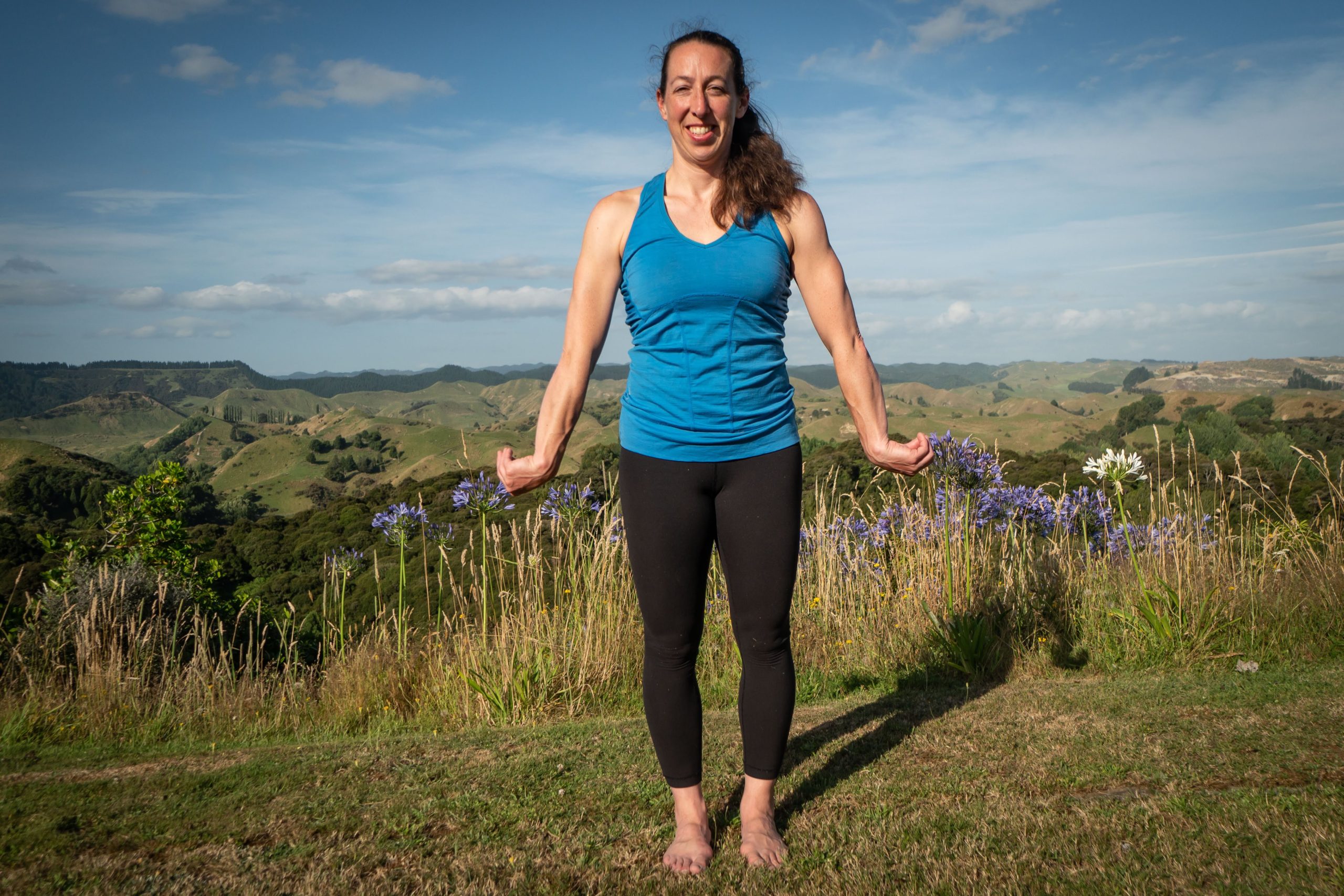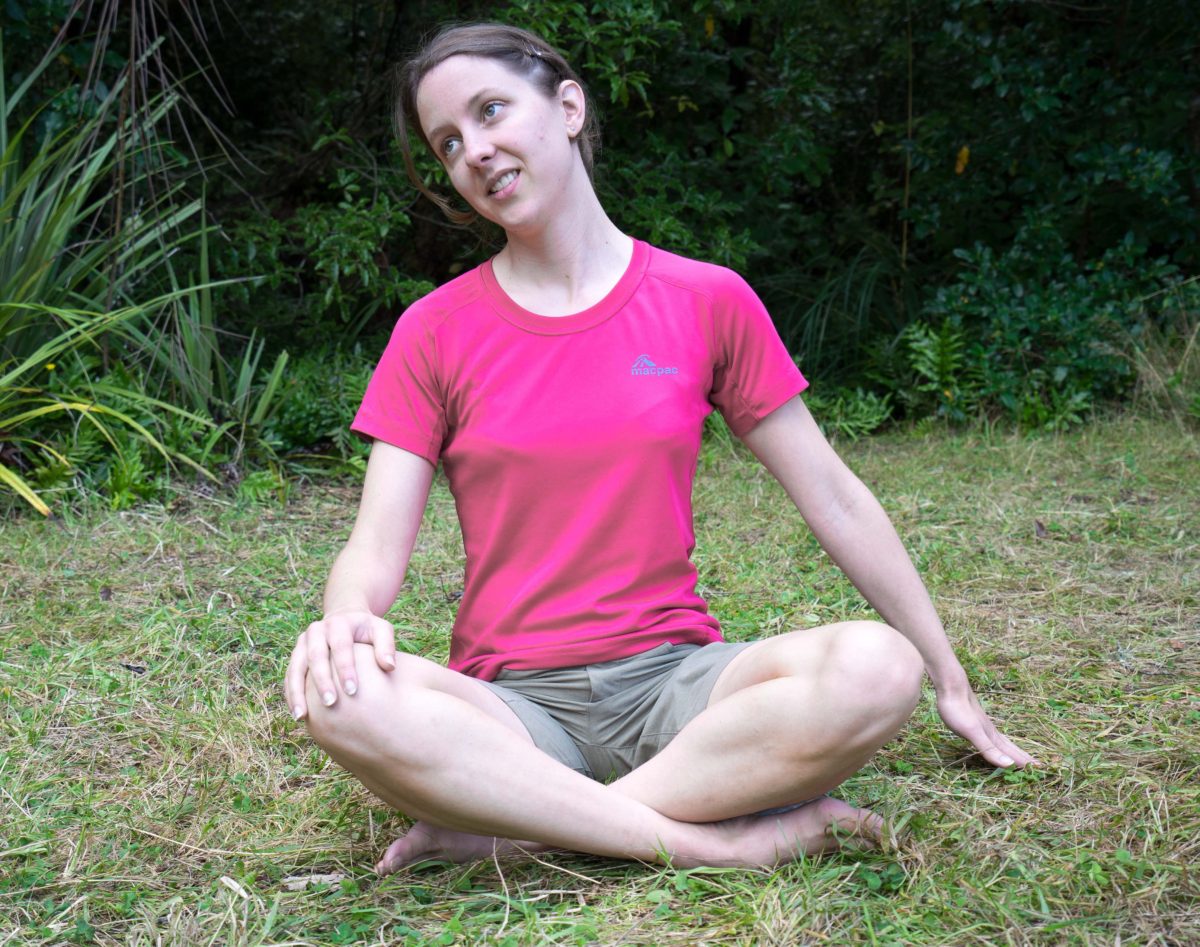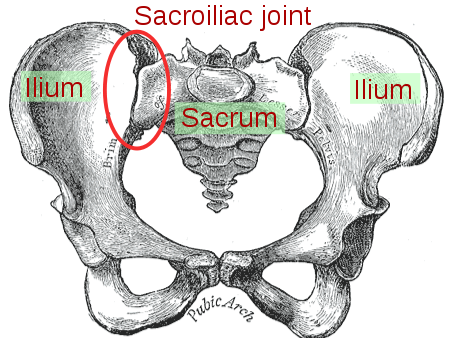We all know that tell-tale feeling – the moment, when you’re gardening, bending over to pick something up, or out for a run and misstep, and something goes wrong. You might have rolled your ankle or picked up something too heavy, or twisted around too fast. Either way, there was a moment of sharp pain as you moved – a red flag that something went wrong.
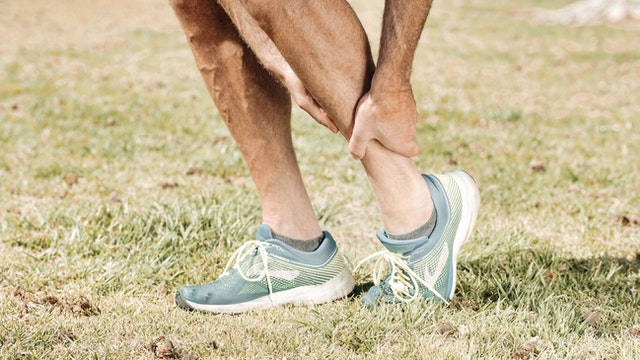
This is usually referred to as an acute injury – one that is sudden or spontaneous. But you can also have a new acute injury in place where you already have/had chronic injuries.
Frequently, when we get those small or minor acute injuries, people still come to their weekly yoga class. Often they are hopeful that stretching the injured area might solve the problem, and avoid a doctor or physiotherapist appointment. We’ve developed this idea that stretching is a panacea for pain or injuries. But the body is not that simple. Stretching is about the last thing you should do in the immediate days/week after you’ve ended up with an acute injury.
Think of it this way…imagine you had a stressful time at work. Something big went wrong and you were pushed past your patience and ability to handle the situation. Would you go back to work the next day and throw yourself into the first stressful situation you could find? Probably not. You might take a day off, or just try to avoid the difficult tasks to give yourself time to recover.
Your body needs the same thing. If you have pushed your body just a little too far, it needs time to recover. Stretching is about putting tension on the muscles and connective tissue to encourage blood flow, mobility and release tension. But if the muscles and connective tissue have just been pulled too far, the last thing they need is to be pulled too far again! Remember that sprains, strains and tears of muscles and connective tissue usually result from over-stretching.
In fact, the muscles and connective tissue might tighten around the injured area as the body’s form of protection. Essentially the body is bracing itself for being pushed too far, intentionally resisting the stretching. Alternatively, if everything has been pulled too far, it may be weak and not able to provide normal healthy resistance to stretching. In either case, the body needs time to recover – either time to let the weakened tissues recover some strength, or time to let the tightened muscles release a little of the extra tension.
Depending on how severe your injury is – this could be just a few days, a week or several weeks. A physiotherapist is often best placed to advise how and when to start working with movement with your injury. If the injury is mild enough, you might be able to figure it out yourself. After at least 48 hours, try moving the part of your body gently through a range of movements including weight-bearing movements. Essentially test out your body’s response to stress, and as it feels right, gently work towards your normal level of movement. Be aware that soft-tissue injuries (to muscles, ligaments, tendons and connective tissue) can easily take up to 6 weeks to full recovery.
Image credit: Photo by Kindel Media from Pexels

